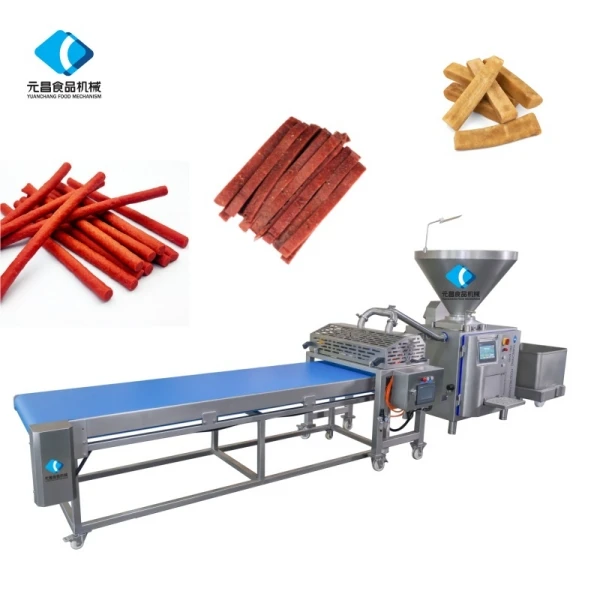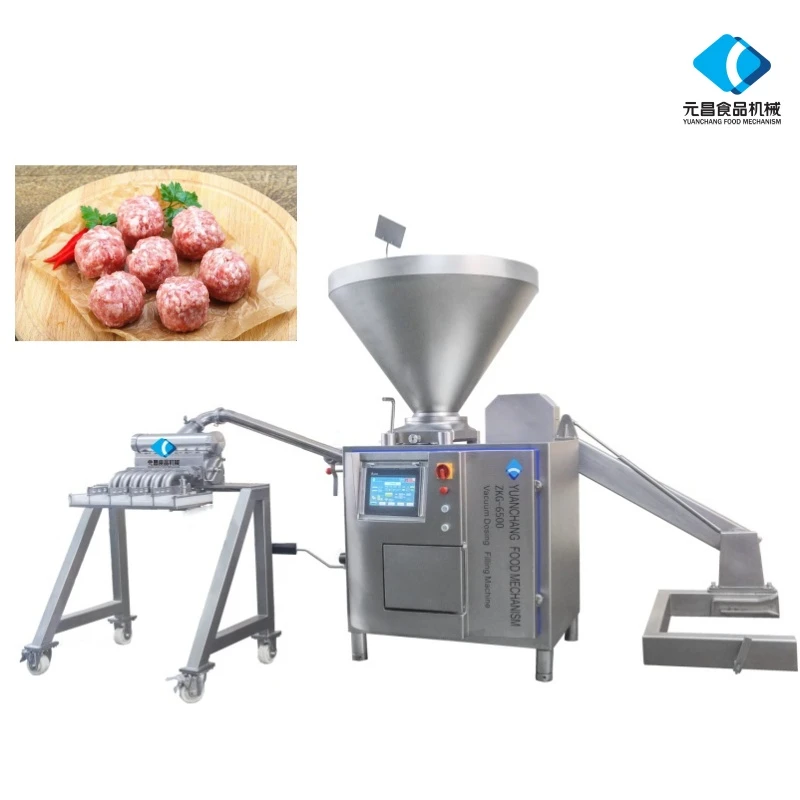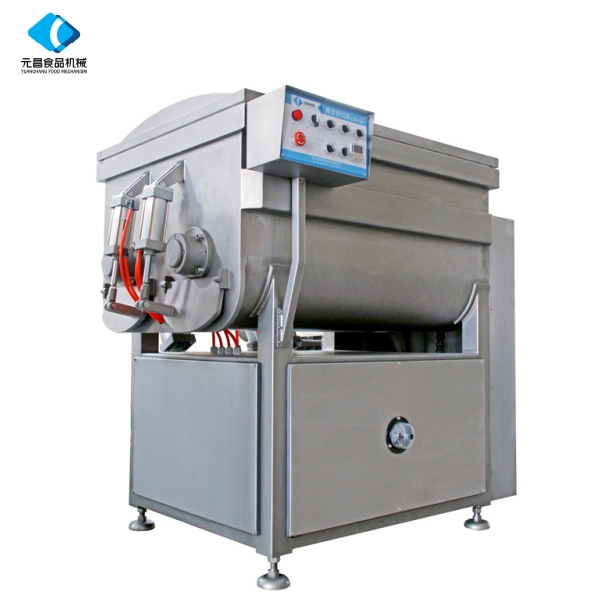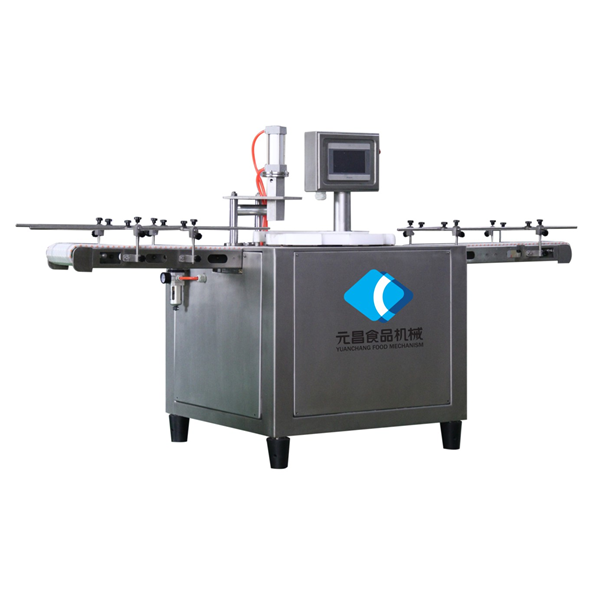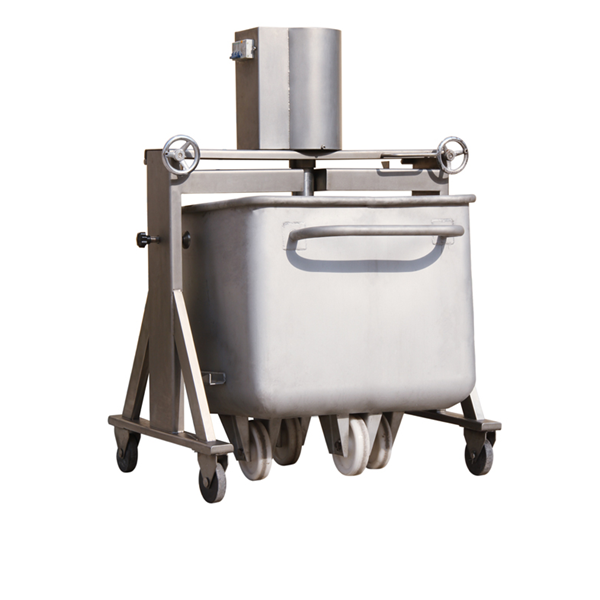- Afrikaans
- Albanian
- Amharic
- Arabic
- Armenian
- Azerbaijani
- Basque
- Belarusian
- Bengali
- Bosnian
- Bulgarian
- Catalan
- Cebuano
- chinese_simplified
- chinese_traditional
- Corsican
- Croatian
- Czech
- Danish
- Dutch
- English
- Esperanto
- Estonian
- Finnish
- French
- Frisian
- Galician
- Georgian
- German
- Greek
- Gujarati
- haitian_creole
- hausa
- hawaiian
- Hebrew
- Hindi
- Miao
- Hungarian
- Icelandic
- igbo
- Indonesian
- irish
- Italian
- Japanese
- Javanese
- Kannada
- kazakh
- Khmer
- Rwandese
- Korean
- Kurdish
- Kyrgyz
- Lao
- Latin
- Latvian
- Lithuanian
- Luxembourgish
- Macedonian
- Malgashi
- Malay
- Malayalam
- Maltese
- Maori
- Marathi
- Mongolian
- Myanmar
- Nepali
- Norwegian
- Norwegian
- Occitan
- Pashto
- Persian
- Polish
- Portuguese
- Punjabi
- Romanian
- Russian
- Samoan
- scottish-gaelic
- Serbian
- Sesotho
- Shona
- Sindhi
- Sinhala
- Slovak
- Slovenian
- Somali
- Spanish
- Sundanese
- Swahili
- Swedish
- Tagalog
- Tajik
- Tamil
- Tatar
- Telugu
- Thai
- Turkish
- Turkmen
- Ukrainian
- Urdu
- Uighur
- Uzbek
- Vietnamese
- Welsh
- Bantu
- Yiddish
- Yoruba
- Zulu
Environmental Impact of Aseptic Filling Machine
In industries such as food and pharmaceuticals, aseptic filling machine has revolutionized the production process by ensuring products are filled under sterile conditions, significantly extending their shelf - life and enhancing safety. However, while the functional benefits of these machines are widely recognized, their environmental footprint should not be overlooked. Compared to the general filling machine for sale, which encompasses a variety of standard filling equipment, and auto filling machine, which emphasizes automated operation, aseptic filling machine presents unique environmental impacts due to its specialized production processes. This article delves into the various aspects of the environmental impact of aseptic filling machine, exploring the factors contributing to it and potential mitigation strategies.
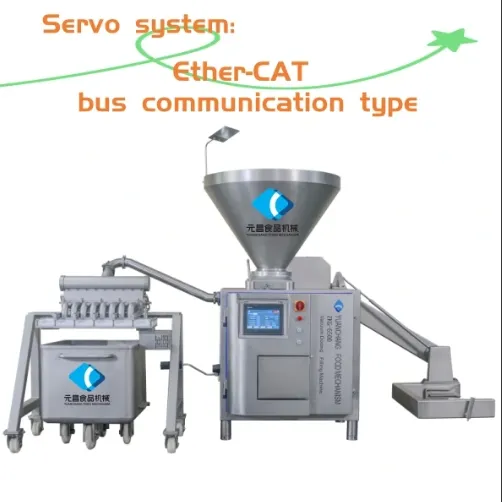
Energy Consumption of Aseptic Filling Machine
One of the primary environmental impacts of aseptic filling machine is its energy consumption. These machines require substantial energy to maintain the sterile environment necessary for the filling process. The operation of components such as sterilization units, air - handling systems, and temperature - control mechanisms consumes a significant amount of electricity.
The continuous heating and cooling processes involved in sterilizing the machine and the product containers demand high energy inputs. Additionally, the automated features of many aseptic filling machine models, similar to auto filling machine, contribute to increased energy use. In contrast, standard filling machine for sale may have lower energy requirements as they do not need to sustain strict aseptic conditions. High energy consumption not only increases operational costs but also contributes to greenhouse gas emissions, which have a direct impact on climate change.
Water Usage and Waste Generation in Aseptic Filling Machine
Aseptic filling machine also has a considerable impact on water resources. Water is extensively used in the cleaning and sterilization processes of these machines. Large volumes of water are required to wash the equipment, remove contaminants, and prepare it for the next production cycle. Moreover, in some sterilization methods, water is used as a medium for heat transfer, further increasing consumption.
Along with high water usage, aseptic filling machine generates significant amounts of waste. Sterilization chemicals, cleaning agents, and packaging materials that have come into contact with the sterile environment need to be disposed of properly. These waste products often contain substances that can be harmful to the environment if not managed correctly. In comparison, less specialized filling machine for sale may produce less complex waste, and auto filling machine might have different waste - generation patterns depending on its application. Proper waste management is crucial to minimize the environmental impact of aseptic filling machine.
Material Selection and Packaging of Aseptic Filling Machine
The material selection and packaging associated with aseptic filling machine also play a role in its environmental impact. To maintain sterility, the packaging materials used with aseptic filling machine often need to meet strict requirements. These materials may be more resource - intensive to produce and less recyclable compared to those used with general filling machine for sale.
For example, some aseptic packaging uses multi - layer films or specialized containers that are difficult to recycle. Although the use of such packaging extends the product's shelf - life and reduces food waste, it adds to the burden on waste management systems. In contrast, auto filling machine can be used with a wide range of packaging materials, and efforts are being made to make them more environmentally friendly. Balancing the need for aseptic packaging with environmental sustainability is a challenge for industries using aseptic filling machine.
Mitigation Strategies for the Environmental Impact of Auto Filling Machine
To reduce the environmental impact of auto filling machine , several strategies can be adopted. In terms of energy consumption, manufacturers can invest in more energy - efficient technologies, such as advanced insulation materials for sterilization units and energy - saving motors. Implementing smart control systems that optimize the operation of different components can also help reduce unnecessary energy use, similar to the energy - saving features being incorporated into modern auto filling machine.
For water usage and waste generation, recycling and reuse of water in the cleaning processes can be explored. Advanced water treatment technologies can purify used water for repeated use. Regarding waste, industries should focus on developing more sustainable packaging materials that are easier to recycle or biodegradable. Collaboration between auto filling machine manufacturers, packaging suppliers, and environmental experts can lead to innovative solutions, just as the market for filling machine for sale is evolving towards more eco - friendly options.
About Environmental Impact of Aseptic Filling Machine FAQS
How does the energy consumption of aseptic filling machine compare to filling machine for sale?
The energy consumption of aseptic filling machine is generally higher than that of filling machine for sale. Aseptic filling machine requires continuous energy to maintain a sterile environment, including running sterilization units, air - handling systems, and temperature - control mechanisms. In contrast, filling machine for sale encompasses a wide range of standard filling equipment, many of which do not need to sustain such strict aseptic conditions and thus consume less energy. The additional energy requirements of aseptic filling machine contribute more significantly to greenhouse gas emissions and environmental impact.
What types of waste are generated by aseptic filling machine?
Aseptic filling machine generates various types of waste. This includes waste from sterilization chemicals and cleaning agents used in the maintenance of the sterile environment. Packaging materials that have been in contact with the aseptic process also need to be disposed of. These packaging materials may be complex multi - layer films or specialized containers, which are often less recyclable. Compared to some auto filling machine and filling machine for sale, the waste from aseptic filling machine may require more specialized handling due to the potential presence of contaminants from the sterile environment.
Can the environmental impact of aseptic filling machine be reduced?
Yes, the environmental impact of aseptic filling machine can be reduced. Strategies include adopting energy - efficient technologies to lower energy consumption, similar to the advancements seen in auto filling machine. Recycling and reusing water in the cleaning processes can minimize water usage. Additionally, developing more sustainable and recyclable packaging materials can address the waste - related environmental impact. By implementing these measures, industries using aseptic filling machine can make significant progress in reducing their overall environmental footprint, just as the market for filling machine for sale is moving towards more eco - friendly solutions.
How does the water usage of aseptic filling machine affect the environment?
The high water usage of aseptic filling machine affects the environment in multiple ways. Large - scale water consumption puts pressure on water resources, especially in regions where water is scarce. The wastewater generated from the cleaning and sterilization processes often contains chemicals and contaminants. If not properly treated, this wastewater can pollute water bodies, harming aquatic life and ecosystems. In comparison, filling machine for sale and auto filling machine may have lower water - usage rates depending on their functions and applications, highlighting the need for more sustainable water - management practices in aseptic filling machine operations.
Are there any eco - friendly alternatives to aseptic filling machine?
While there may not be direct eco - friendly alternatives that replicate all the functions of aseptic filling machine, there are ways to make the operation more sustainable. Some manufacturers are developing auto filling machine models with enhanced energy - saving features and more efficient sterilization processes that reduce environmental impact. Additionally, in the case of filling machine for sale, new models are emerging with improved resource - utilization rates. However, for maintaining the high - level sterility required by many products, continuous innovation in aseptic filling machine technology, such as using more sustainable materials and energy - efficient components, is crucial to minimize its environmental impact.
-
Filling Flow Divider - Precision, Hygienic Multiline DosingNewsNov.18,2025
-
Hopper Trolley: Heavy-Duty, Ergonomic, Easy DischargeNewsNov.18,2025
-
Frozen Meat Slicer for Ultra-Thin, Precise, Safe CutsNewsNov.17,2025
-
Smoke House Machine | Precise, Energy-Efficient, HACCP-ReadyNewsNov.17,2025
-
Smoke House Machine: Uniform, Energy-Efficient SmokingNewsNov.11,2025
-
Meat Filling Machine - Stainless, Precise, High OutputNewsNov.11,2025





